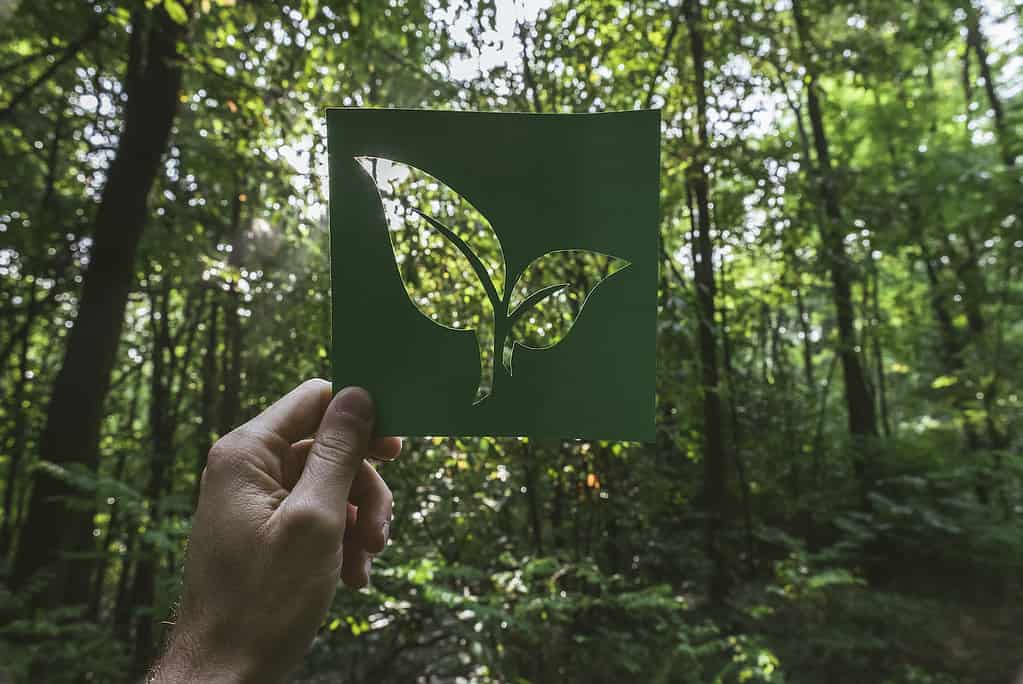Cremation may be cheaper overall compared to traditional burial, but there are environmental costs. Few funeral homes follow a clean flame cremation process that minimizes the impact on the local environment. As we become more conscious of how funeral services affect life on Earth, people are looking for better options.
The last decade there has been a lot of long awaited innovation in the funeral industry. Families are no longer limited to two choices: traditional burial or traditional cremation. Today, there are several green alternatives to cremation that could be available.
Water Cremation (a.k.a. Alkaline Hydrolysis or Aquamation)
Water cremation is the latest type of disposition that’s getting incorporated into state regulations across the country. More than half of the country has approved water cremation, and the list of states that allow it is growing.
Although it’s referred to as water cremation, alkaline hydrolysis as it’s technically known, is a very different process from traditional cremation. No flame or retort is used at all. Instead, the body is put into a pressurized chamber that is filled with a solution that’s 95% water and 5% alkaline. The chamber is then heated to speed up the decomposition process.
Instead of tissue being incinerated it dissolves and becomes part of the natural solution that is safe enough to dispose down the sink. Like traditional cremation, the bones remain and are crushed up into the cremains. Overall, water cremation uses about 90% less energy than traditional flame-based cremation. It also produces far fewer pollutants and is much safer.
Natural Burial
Another option that’s growing in popularity is natural burial, also referred to as green burial. Natural burial is actually not a new concept. It’s always been an option, but very few funeral homes offered the service.
Natural burial is much closer to how we used to bury the dead over 100 years ago compared to “traditional” burial that involves a lot of unnecessary extras like embalming and metal caskets. With natural burial the body can be preserved with refrigeration, but toxins are never used. The burial itself is also quite different. The body is laid to rest in natural fibers and a biodegradable casket or container. The goal is to leave nothing behind that will pollute the ground and water.
Natural Organic Reduction
The third green alternative is natural organic reduction. This is sometimes referred to as human composting because it involves natural decomposition in earth that goes on to be used as a nutrient-rich fertilizer.
Many people believe natural organic reduction is the greenest body disposition option. The process involves placing the body in a stainless steel container that has a soil mixture with microbes that facilitate the decomposition over the course of 5-7 weeks. After that period the soil is separated from the bones and nonorganic materials. In the end, natural organic reduction produces about one cubic yard of soil and bones that are ground into cremains.
While some of these alternative disposition options are still being incorporated into state regulations, service providers like Green Cremation Texas are already making it a possibility for more families. We’re helping transform the funeral industry across the Lone Star State. As the first carbon-neutral funeral home in Texas we’re dedicated to bringing families healthier disposition alternatives. Contact our team today to learn more about arranging a water cremation, green burial and natural organic reduction in Texas.





